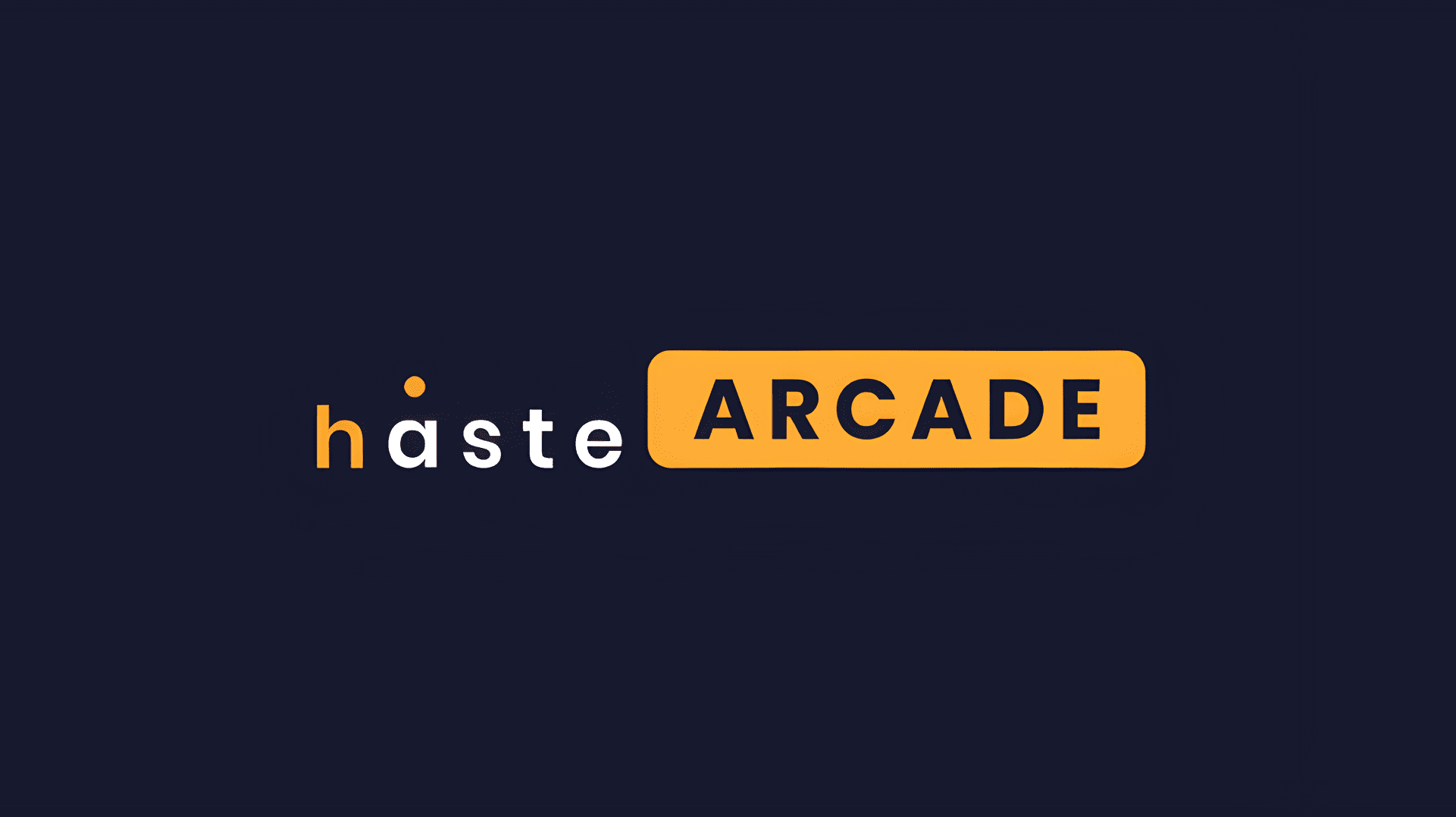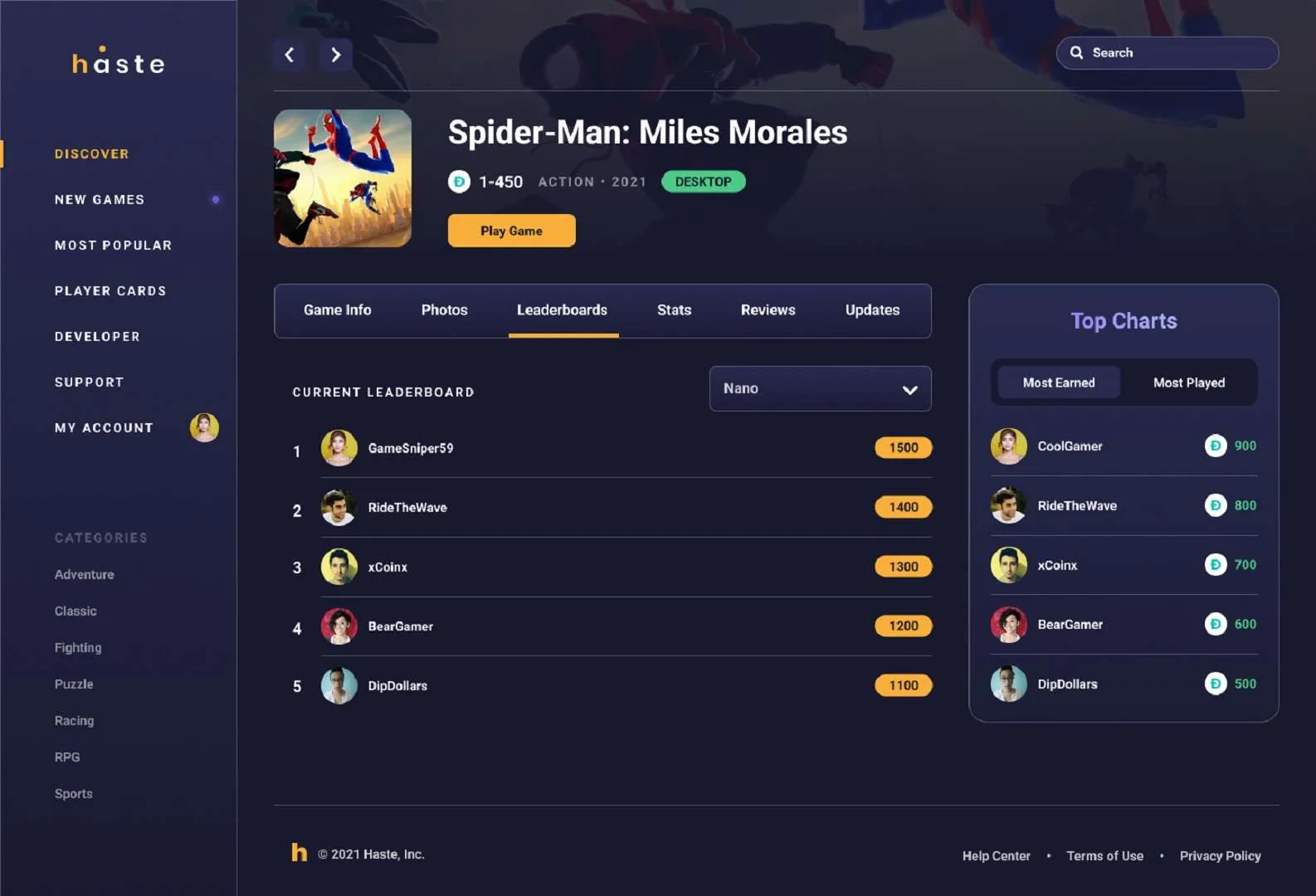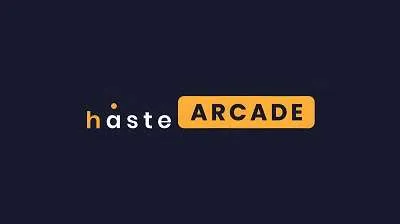
Haste Arcade makes use of blockchain technology to allow gamers to profit from the things they already do.
At CES 2022, Haste Arcade unveiled its new Instant Leaderboard Payout system, which rewards gamers who top the leaderboard within the arcade system using blockchain technology and micropayments. At this year’s CES, this start-up was a part of the Bitcoin SV (BSV) stand, demonstrating its breakthrough system.
To put it another way, Haste employs blockchain technology to allow players to earn micropayments by ranking high on the leaderboards of games within Haste Arcade, the company’s initial product. For instance, a player can play a game for $0.01 in BSV. If he or she reaches the game’s leaderboard, the player gets a percentage of each future game until he or she is no longer on the leaderboard.
Depending on their budget, players can pick between play levels ranging from a fraction of a penny to hundreds of dollars every game.
A way for all players to earn for playing
The platform now provides a new type of play to earn, in which all of the games in the arcade are skill-based and allow players to develop with practice. The start-up’s mission is to get corporate and game developers to use the Software Developer Kit (SDK), which enables third-party game developers to integrate ILP into their games. The upside for creators is that each game generates a profit, creating a new cash source.

“Our team has built several of the games in the arcade, but our long-term goal is to have experienced game developers and studios using our SDK within their games. From what we’ve seen so far, ILPs are an incredible engagement tool, and they generate a lot of extra revenue for the game developers,” said Keith LaForce, co-founder of Haste.
We will have to wait and see if companies will implement Haste Arcade into their projects so that we can see the system in operation. So far, only CES 2022 attendees have seen it. We’ll let you know when we learn more.
